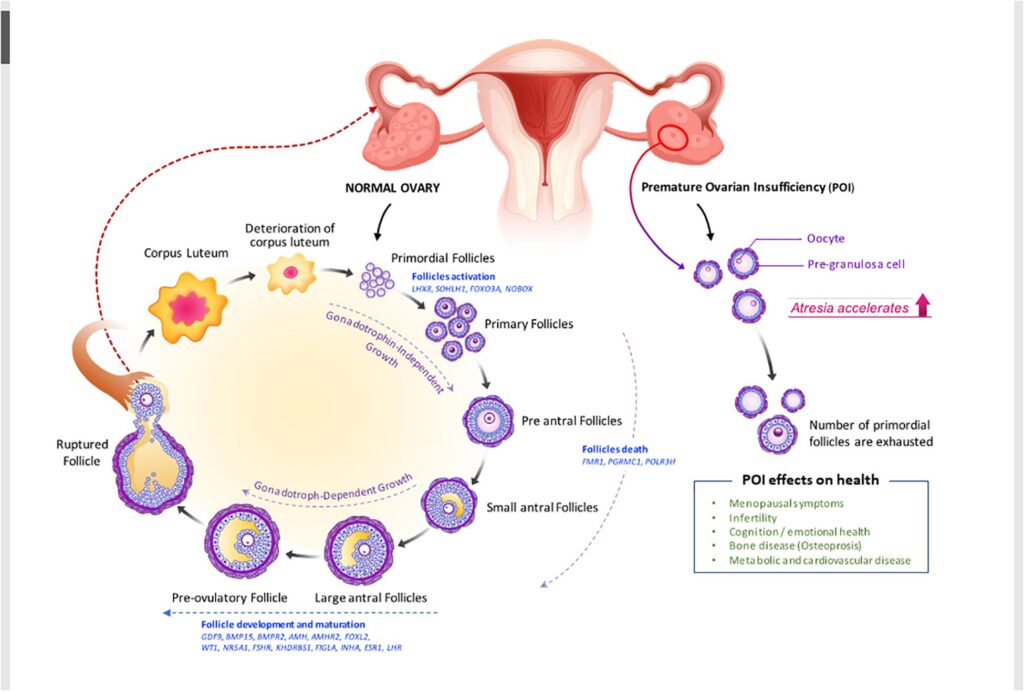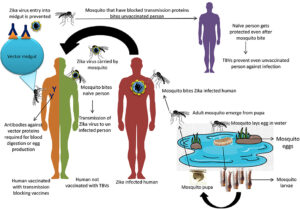Ovulation pain, also known as mittelschmerz, is a common experience for many individuals who menstruate. The term “mittelschmerz” comes from German, meaning “middle pain,” as it typically occurs midway through the menstrual cycle. While this discomfort is often mild and temporary, it can sometimes be severe enough to interfere with daily activities. Understanding its causes, recognizing its symptoms, and learning how to manage it effectively can help individuals navigate this natural process more comfortably.

What Is Ovulation Pain?
Ovulation pain refers to the discomfort or pain that some people feel during the ovulation phase of their menstrual cycle. This phase usually happens around the midpoint of the cycle, approximately 14 days before the start of the next period. The sensation can range from a dull ache to sharp, cramp-like pain and may last for a few minutes or persist for several hours. In some cases, the pain might even extend over a couple of days.
How Common Is Ovulation Pain?
- Studies suggest that about 20 percent of individuals who menstruate experience ovulation pain at some point in their lives.
- It is most commonly reported by those in their twenties and thirties.
- The intensity and frequency of the pain can vary greatly from person to person.
Causes of Ovulation Pain
Understanding the underlying reasons for ovulation pain can help demystify this experience and reduce anxiety for those who encounter it. Here are the primary factors that contribute to this phenomenon:
Follicle Rupture
During ovulation, a mature egg is released from one of the ovaries. This process involves the rupture of a follicle, which is a small sac within the ovary that contains the developing egg. The rupture itself can cause minor irritation or inflammation in the surrounding tissues, leading to pain. For some, this sensation is barely noticeable, while others may experience sharper discomfort.
Fluid Release
When the follicle ruptures, it releases not only the egg but also a small amount of fluid or blood. This fluid can irritate the lining of the abdomen, known as the peritoneum, causing a cramping sensation. The degree of irritation depends on the volume of fluid released and an individual’s sensitivity to such stimuli.
Hormonal Fluctuations
Hormones play a crucial role in regulating the menstrual cycle. During ovulation, there is a surge in luteinizing hormone, which triggers the release of the egg. These hormonal changes can sometimes lead to muscle contractions in the fallopian tubes or uterus, contributing to feelings of pain or discomfort.
Other Contributing Factors
- Endometriosis: Individuals with endometriosis may experience heightened ovulation pain due to the presence of abnormal tissue growth outside the uterus.
- Ovarian Cysts: The formation or rupture of ovarian cysts can exacerbate ovulation-related discomfort.
- Pelvic Inflammatory Disease: Infections affecting the reproductive organs can intensify pain during ovulation.
Symptoms of Ovulation Pain
Recognizing the signs of ovulation pain can help distinguish it from other types of abdominal discomfort. Below are the most common symptoms associated with this condition:
Location of Pain
The pain is typically felt on one side of the lower abdomen, corresponding to the ovary that is releasing the egg. Since ovulation alternates between the left and right ovaries each month, the location of the pain may switch sides from one cycle to the next.
Type of Pain
- Dull Ache: Some individuals describe the sensation as a constant, low-grade ache.
- Sharp Twinges: Others report sudden, stabbing pains that come and go.
- Cramping: Mild to moderate cramps similar to menstrual cramps are also common.
Associated Symptoms
In addition to abdominal pain, some individuals may experience other symptoms during ovulation:
- Nausea or mild digestive upset
- Spotting or light vaginal bleeding
- Bloating or swelling in the abdominal area
- Tenderness in the breasts
Managing Ovulation Pain
While ovulation pain is generally harmless, it can still be uncomfortable. Fortunately, there are several strategies to alleviate the discomfort and make this phase of the menstrual cycle more manageable.
Home Remedies
For mild cases of ovulation pain, simple home remedies can often provide relief:
- Heat Therapy: Applying a heating pad or warm compress to the affected area can relax the muscles and reduce pain.
- Over-the-Counter Pain Relievers: Nonsteroidal anti-inflammatory drugs like ibuprofen can help decrease inflammation and ease discomfort.
- Hydration: Drinking plenty of water can prevent bloating and support overall well-being during ovulation.
Lifestyle Adjustments
Making certain lifestyle changes can also minimize the impact of ovulation pain:
- Regular Exercise: Gentle physical activity, such as yoga or walking, can improve circulation and reduce tension in the pelvic region.
- Dietary Modifications: Consuming a balanced diet rich in anti-inflammatory foods, such as fruits, vegetables, and omega-3 fatty acids, may help regulate hormonal fluctuations.
- Stress Management: Techniques like meditation or deep breathing can lower stress levels, which may indirectly alleviate pain.
Medical Interventions
If ovulation pain is severe or persistent, consulting a healthcare provider is advisable. They may recommend the following options:
- Hormonal Birth Control: Certain contraceptives, such as birth control pills, can suppress ovulation and eliminate associated pain.
- Prescription Medications: In cases where over-the-counter remedies are insufficient, a doctor may prescribe stronger pain relievers.
- Diagnostic Testing: If the pain is accompanied by unusual symptoms, further evaluation may be necessary to rule out underlying conditions like endometriosis or ovarian cysts.
When to Seek Medical Attention
While ovulation pain is typically benign, certain signs warrant prompt medical attention. These include:
- Pain that is severe, prolonged, or worsening over time
- Fever, chills, or other signs of infection
- Heavy or irregular vaginal bleeding
- Pain accompanied by nausea, vomiting, or dizziness
These symptoms could indicate a more serious condition, such as an ectopic pregnancy, ovarian torsion, or pelvic inflammatory disease, which require immediate treatment.
Tracking Ovulation Pain
Keeping a record of ovulation pain can provide valuable insights into one’s menstrual health. Consider maintaining a journal or using a period-tracking app to document the timing, intensity, and duration of the pain. This information can help identify patterns and assist healthcare providers in diagnosing any potential issues.
Benefits of Tracking
- Improved understanding of your menstrual cycle
- Early detection of irregularities or abnormalities
- Enhanced communication with healthcare professionals





